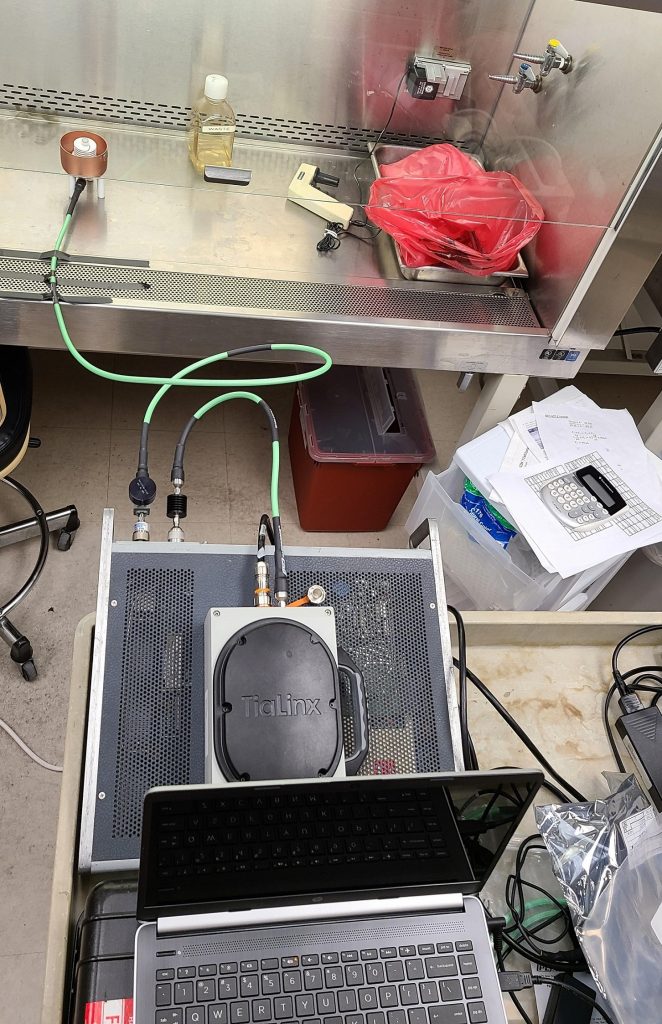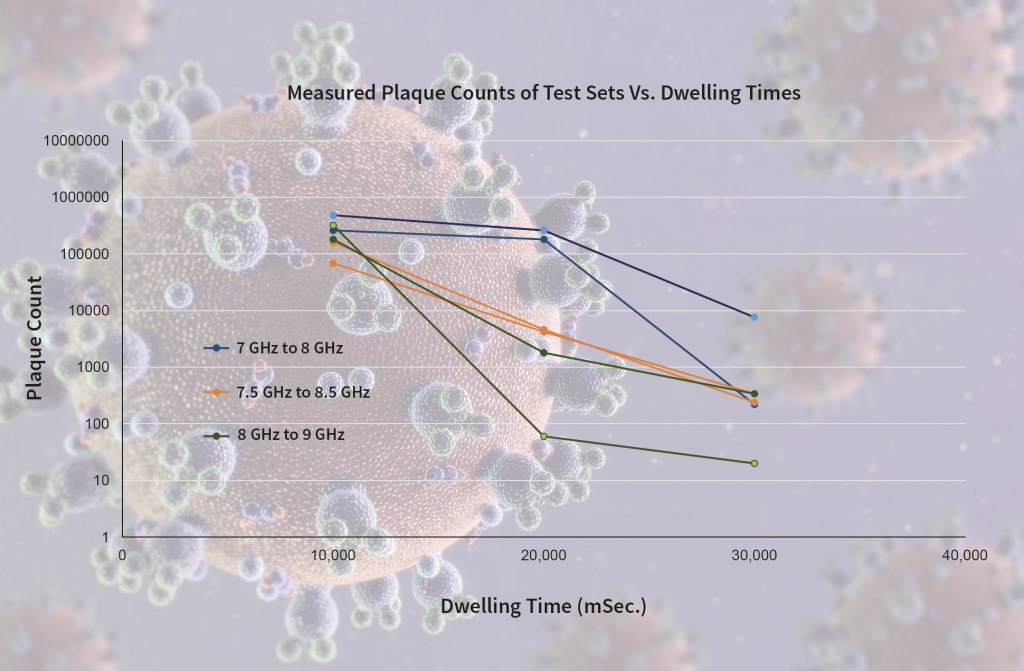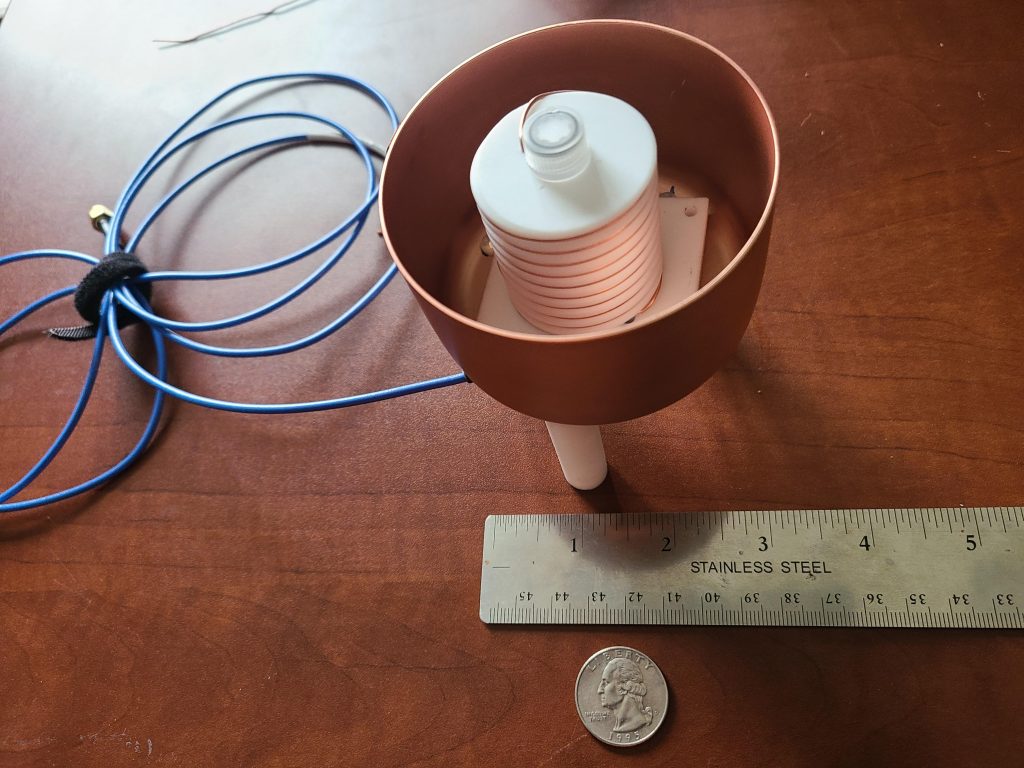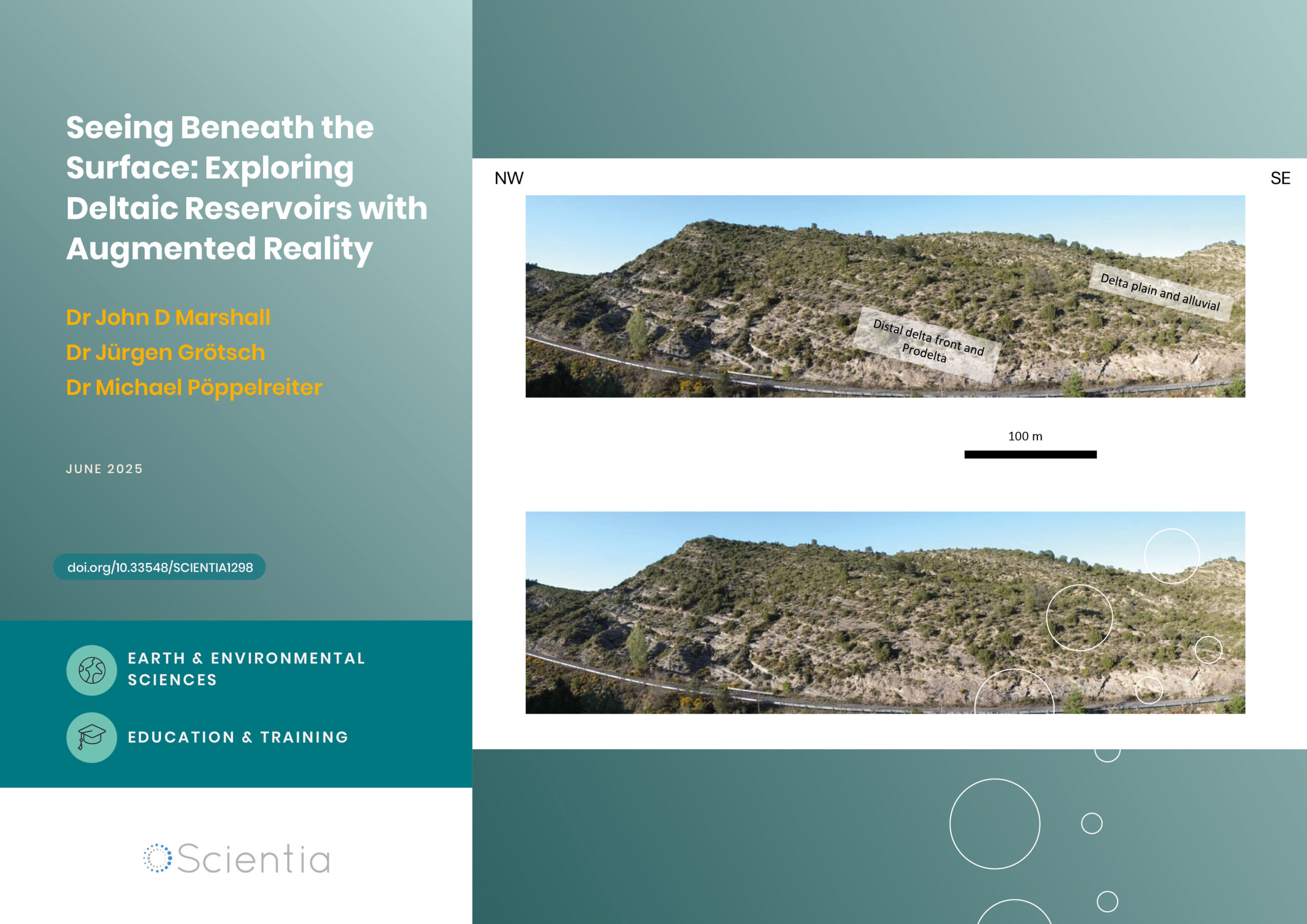Viper20-V: A Microwave Sweeper for Disinfecting Public Spaces
While UV-based techniques have so far proved highly effective for virus inactivation on surfaces, resonance-induced inactivation by microwaves is far more suitable for use in the disinfection of public spaces. For this purpose, TiaLinx has designed a microwave sweeper device named Viper20-V: a radio-frequency source that provides continuous microwaves, with frequencies adjustable over an extensive range. Demonstrated through an intensive series of experiments, the low-power disinfection technology could soon prove essential in helping economies to recover from the COVID-19 pandemic.
Light-based Disinfection
Ultraviolet (UV) Light Disinfection is a well-established technique for sterilising water, air, food, and beverages, without the use of chemicals. With an increasing global threat from infectious diseases, combined with improvements to the efficiency of UV generation, the market for this equipment is now projected to grow steadily: from $2.9 billion US in 2020, to $5.3 billion in 2025. However, due to the carcinogenic and cataractogenic properties of UV radiation, the devices can only be used to disinfect surfaces, with people present. As a result, the widespread use for deactivating viruses within respiratory droplets in public settings is severely limited.
For this purpose, a potential alternative lies in the use of radio-frequency microwaves. While this radiation can penetrate most objects, it cannot pass through body fat, meaning it poses no threat to humans. A team led by Dr. Fred Mohamadi, founder and CEO of TiaLinx, has now demonstrated the potential for an instrument that exploits the resonant properties of infectious viruses, including SARS-COV-2, to inactivate them, The Viper20-V device promises to provide safe and highly effective sterilization in environments as wide-ranging as restaurants, factories, shops, airplanes, and marine vessels.
Resonance with Microwaves
When exposed to microwaves of the right frequency, viruses are known to resonate in a confined-acoustic dipolar mode, in a process that breaks apart their constituent biostructures. Due to the extensive diversity of virus species, resonance can occur across a wide range of possible frequencies. To operate effectively, a microwave disinfection device must be precisely tuned to the resonant frequency of a specific species, and may also need to function over a range of microwave powers, temperatures, and exposure times.
To address these challenges, TiaLinx’s team has developed a ‘microwave sweeper’ device: incorporating a highly tuneable, near-field miniature radiator system. As it sweeps across a frequency range spanning 5 to 12 GHz, the device steps between narrow incremental bands of microwave frequencies. Through an exhaustive series of experiments, the researchers assessed the ability of their microwave sweeper to inactivate a certain coronavirus species, as power, exposure time, and temperature were varied at each narrow band of frequency.

Experiments with a Coronavirus
Dr. Mohamadi’s experiments used a species of coronavirus that specifically infects mice, called a Murine coronavirus (M-CoV). These types of viruses, and especially Mouse Hepatitis Virus (MHV), are one of the most studied coronaviruses in science, with extensive in vitro, in vivo, and molecular research. These pathogens cause serious illness and often death in mice and some strains result in demyelinating encephalitis which has led to it being used as a model for multiple sclerosis.
M-CoV is an enveloped, positive-sense, single-stranded RNA virus with an extra hemagglutinin esterase (HE) gene, as seen in others in its Betacoronavirus genus. The virus binds to a host cell’s CEACAM1 receptor in order to enter and infect it.
Previously, influenza viruses have been deactivated using single frequency microwaves, which provided a precedent for studying the deactivation of MHV with microwave illumination. When M-CoV is driven to resonate by microwave radiation, a number of its structures break down, most importantly its phospholipid bilayer envelopes. When it is damaged, the genetic material this structure protects is vulnerable, meaning the whole virion can be inactivated or destroyed.
Investigating Inactivation
In their initial tests (Test A), Dr. Mohamadi’s team used test tubes containing a solution of MHV, which they stored at 24°C, then subjected to a variety of conditions. They then radiated the samples with 10 W of nominal power and increasing frequencies between 7 GHz to 9 GHz. Different tests increased the frequency between these points in different increments and the exposure time at each frequency point (called the dwelling time) was also altered. For example, one test had frequency sweep increments of 100 MHz with 50 seconds of exposure at each point, while another had frequency sweep increments of 1 MHz with 0.1 seconds of exposure. The temperature of the samples was measured after full exposure and recorded as between 43 and 58°C, depending on their exposure conditions.
In a second run of tests (Test B), the researchers experimented with a solution, either with or without the virus. This time, they kept the sweeping frequency step size constant at 100 MHz, but tested different frequency ranges, with only four different dwelling times. With all exposed to the nominal 10 W of radiation, two samples each were exposed to 7–8 GHz, 7.5–8.5 GHz, or 8–9 GHz in 100 MHz increments for 10, 20 and 30 seconds. Their post-exposure environment temperatures were measured and recorded at an average of 23°C.

Analyzing Plaque Samples
The solution that the team used for testing is called ‘Gibco Dulbecco’s Modified Eagle Medium’ (DMEM), which is a commonly used basal medium that aids the growth of many different types of mammalian cells. DMEM contains the pH indicator, phenol red and so is a pink-red color at a standard physiological pH. However, when the media becomes basic, it turns deep purple and when it becomes acidic, it turns yellow-red.
Through simulations, they could determine how DMEM would behave when in the form of respiratory droplets, around 3 microns in size. They showed that when viruses were present in the virtual droplets, and were driven to resonate by incoming microwaves with just the right frequency, the solution becomes basic. As a result, a deep purple color should indicate that M-CoV been inactivated.
In their experiment, the researchers grew each of their assays in DMEM, diluted them by a factor of 10 multiple times, and then finally cultured them on plates to produce plaques. The dilutions facilitated plaque counting and therefore, the identification of those with the most effective virus destruction.
Assessing Virus Destruction
As expected, their results from Test A revealed that the dwelling time is the critical element to destroying the virus. Whereas the viruses in samples with 50 seconds of dwelling time at each scanned frequency were completely destroyed, those experiencing a larger number of finer scanning frequency steps – each with just 0.1 seconds dwelling time – were almost entirely intact, despite their similar overall exposure times. The result implied that although the microwaves transfer heat energy to the viruses, they must still resonate for sufficiently long periods of time in order to be destroyed.
In addition to this conclusion, the team also found from their results that water absorbs more energy than DMEM in any given exposure time, and so viruses held in respiratory droplets will likely absorb radiation more effectively. Furthermore, the energy carried by the microwaves is not delivered directly to the viruses: instead, resonance occurs as heat is transferred to their surrounding environment. After a certain dwelling time, the energy transferred to this environment becomes equal the virus’ resonant energy, and their capsids can finally crack.
Overall, the team discovered that virus destruction is most effective at 7.5–8.5 GHz compared to the other tested ranges. But their main conclusion was the importance of the dwelling time of 10 W nominal power to destroy the virus.

Developing a Microwave Sweeper
Based on the team’s results, TiaLinx has now developed Viper20-V: a miniaturized, low-power microwave sweeper, incorporating a near-field microwave generator. The device operates by generating continuous radio-frequency microwaves at a certain, highly tunable frequency – with an in-built software application enabling easily adjustable sweeping step frequency increments and dwelling times. Furthermore, the programmable software enables Viper20-V to remove any systematic errors, allowing for high degrees of precision and accuracy in the frequencies it delivers.
Through future research, the team now hopes to expand the sweeper’s capabilities, by incorporating Raman surface scattering to detect the presence of intact lipid envelopes within respiratory droplets. This addition will allow Viper20-V to assess in real time whether a virus species in its surrounding environment has been inactivated by a certain frequency step, after a sufficient dwelling time. If its spectroscopic readout indicates that the virus is still present, it will then step to a new frequency and repeat the process, until the pathogen has been inactivated.
Re-boosting Economies
For now, COVID-19 continues to have a devastating impact both on global mortality rates, and the economy. For industries relying on face-to-face interactions – including transport, food processing, manufacturing, the resulting drop in demand, combined with a need for social distancing measures, has had a particularly devastating impact; and these effects continue to ripple through the rest of the economy. On top of this, the impacts of the pandemic are widely felt across public spaces as wide-ranging as hospitals, nursing homes, government buildings, offices, hotels, airports, and universities.
The initial success of TiaLinx’s Viper20-V device now clearly demonstrates the potential for a safe and efficient way to disinfect the many public environments where social interactions regularly take place. By placing the microwave sweepers in strategic positions, determined through statistical analysis of building layouts, systems could automatically detect the presence of viruses such as SARS-COV-2, then deactivate them using the exact resonant frequency required. Through future improvements, the technology could help us to become far better equipped to mitigate the damage caused by global infections.
Reference
https://doi.org/10.33548/SCIENTIA720
Meet the researcher

Dr. Fred Mohamadi
TiaLinx, Inc.
Irvine, CA
USA
Dr. Fred Mohamadi is the CEO of TiaLinx Inc, a leading developer of state-of-the-art sensors, which he founded in 2003. He completed his Ph.D. in Electronics at Stanford University in 1980, before becoming Director of the National Semiconductor Corporation until 1994. Dr. Mohamadi has been instrumental in the development of many technological innovations throughout his career. Among these are the inactivation of viruses by microwave exposure; the application of machine learning and neural network algorithms to monitoring the motion of autonomous systems; and the detection, identification, classification, and prediction of unseen objects inside a cluster.
CONTACT
E: fm@tialinx.com
KEY COLLABORATORS
F Mohamadi, R Jahromi, D Forthal, J Gach, C-K Sun, S Stones, A Long, T Vo-Dinh, M Brenner, Z Chen, B Wong
FURTHER READING
Yang, et al., Efficient Structure Resonance Energy Transfer from Microwaves to Confined Acoustic Vibrations in Viruses, Scientific Reports, Nature, December 2015, pp 1-10.
Want to republish our articles?
We encourage all formats of sharing and republishing of our articles. Whether you want to host on your website, publication or blog, we welcome this. Find out more
Creative Commons Licence
(CC BY 4.0)
This work is licensed under a Creative Commons Attribution 4.0 International License. 
What does this mean?
Share: You can copy and redistribute the material in any medium or format
Adapt: You can change, and build upon the material for any purpose, even commercially.
Credit: You must give appropriate credit, provide a link to the license, and indicate if changes were made.
More articles you may like
How Food Environments Shape Our Eating Habits
How we eat dramatically impacts our health, yet millions of Americans live in ‘food deserts’ – areas with limited access to fresh, nutritious food. Recent research reveals that solving this crisis requires looking beyond just physical access to food to understand how our entire community environment shapes our dietary choices. Through a series of pioneering studies, Dr Terrence Thomas and colleagues at North Carolina A&T State University have been investigating how different aspects of our food environment influence what we put on our plates. Their findings suggest that creating lasting change requires reimagining how communities engage with food at every level.
Probing Electron Dynamics in the Ultrafast Regime
In the atoms that make up the matter around us, negatively charged particles called electrons have properties such as spin and orbital angular momentum. Researchers at Martin Luther University Halle-Wittenberg have developed a theoretical framework which allows them to simulate the dynamics of the spin and orbital angular momentum of electrons in materials when probed with an ultrafast laser pulse. Using this framework, they are able to simulate different materials and improve our understanding of dynamics on an atomic scale.
Seeing Beneath the Surface: Exploring Deltaic Reservoirs with Augmented Reality
In the Aínsa Basin of the Spanish Pyrenees, the Mondot-1 well was drilled, cored, and fully logged to capture a detailed record of a long-buried ancient river delta system. Dr. John D. Marshall, Dr. Jürgen Grötsch, and Dr. Michael C. Pöppelreiter with co-workers at Shell International used this core to trace how sediments once flowed across the landscape, and were deposited under shifting tectonic conditions. The team employed augmented reality and interactive virtual displays; these innovative tools offer new ways to explore subsurface depositional systems, and are particularly useful in locations where physical access to the core is difficult, or no longer possible.
Dr Jim Wu | Ziresovir Offers New Hope for Treating Respiratory Syncytial Virus Infections
Respiratory syncytial virus (RSV) causes respiratory tract infections in children and adults. While for many patients the outcomes of infection are mild, for others, infection can prove fatal, and there is a lack of effective treatments. Dr Jim Wu from the Shanghai Ark Biopharmaceutical Company in China carries out his vital research to develop new, safe, and effective treatments to tackle this killer.




